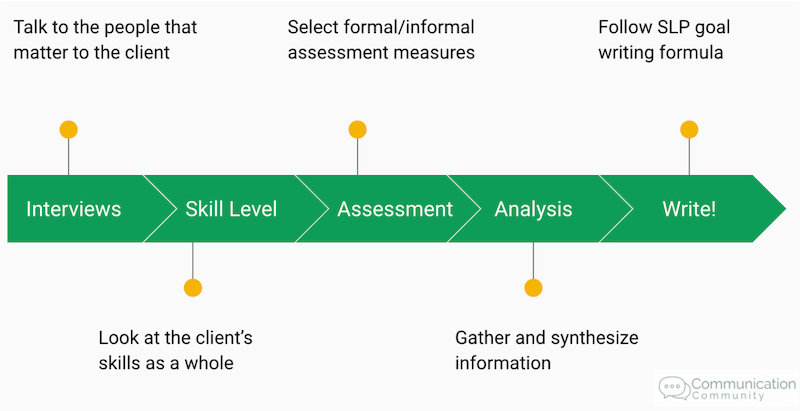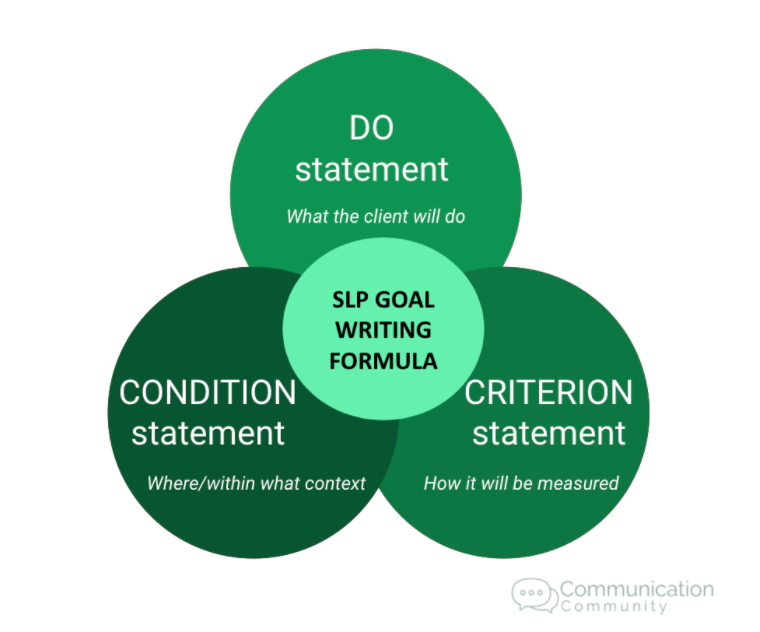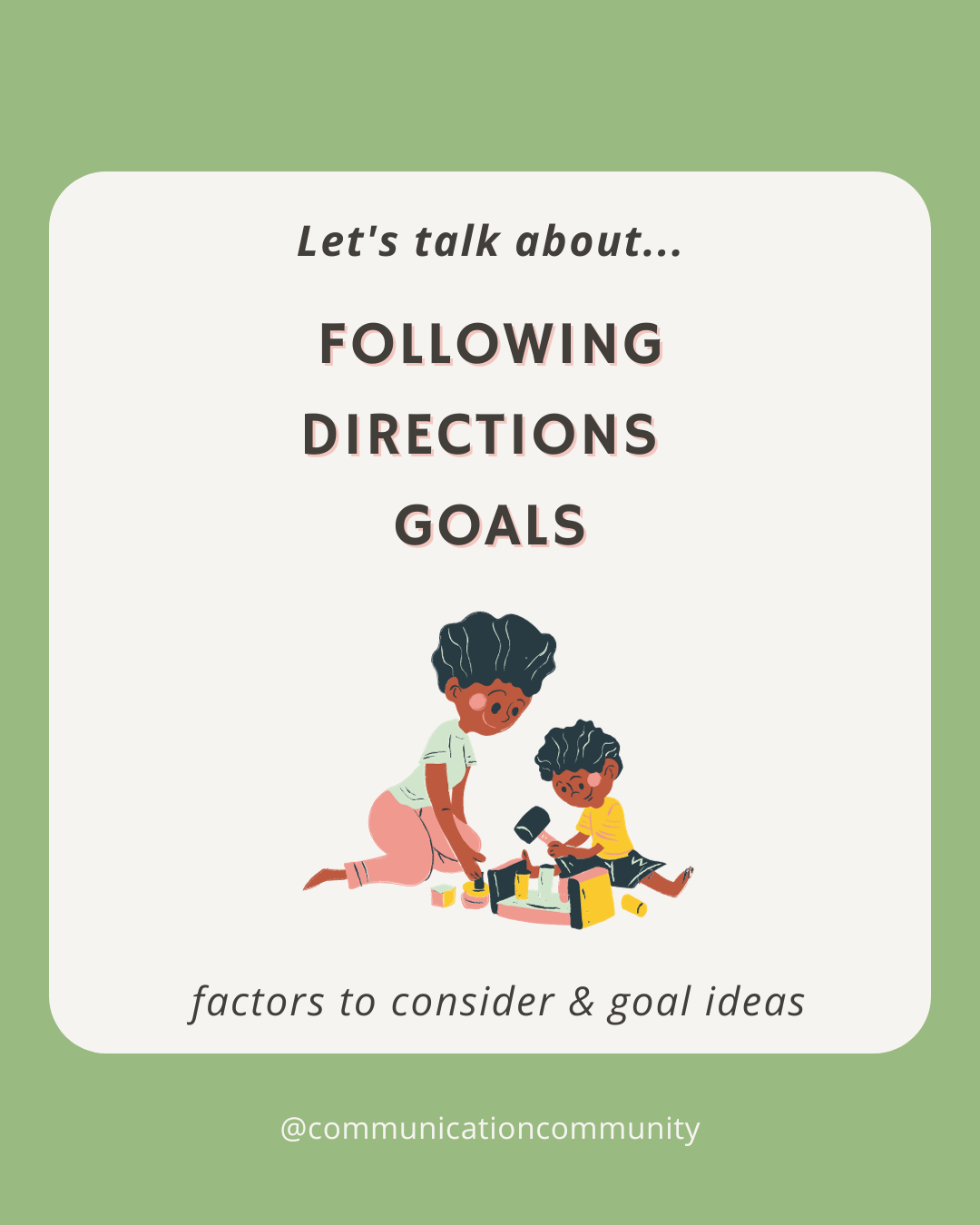What is Apraxia of Speech?
Apraxia of speech (AOS) is a neurological condition that makes it difficult to properly move the muscles necessary to produce speech. The brain is unable to properly create the “plan” for the muscles related to speaking, which means that individuals with AOS sometimes have difficulty or are unable to produce certain speech sounds. AOS can be mild, which means that an individual only has difficulty producing a few speech sounds, or it may be severe, and an individual’s speech is very difficult to understand (i.e., unintelligible).
Apraxia of Speech: Types
AOS may be acquired, which means someone is born without apraxia, and then develops it. An individual may be born with AOS, which is considered childhood apraxia of speech (childhood AOS, CAS, or CAOS).
Acquired AOS is caused by damage to the parts of the brain necessary for producing speech sounds. Damage may be due to a brain injury, stroke, tumor, or other neurological diseases.
Childhood AOS is congenital, and may also be referred to as developmental verbal apraxia or articulatory apraxia. There is no known direct cause of childhood AOS, but studies have indicated that it appears to affect more males than females, and often family members have a history of learning disabilities. Additionally, individuals with childhood AOS may have difficulties related to fine motor skills or language development.
Apraxia of Speech: Symptoms
Reduced rate: producing speech that is slower than what's typical for conversation
Sound distortions: producing words that may sound a little “off” or distorted, due to the brain’s difficulty creating a proper plan for saying a word
Inconsistent errors: saying a word correctly in one instance and then not being able to repeat it or say it correctly in the following instance (or at another time). An individual may also omit syllables in the middle of a longer word.
Groping for sounds: trying to produce a sound with difficulty manipulating articulators to move to the correct position
Stress or rhythm errors: using atypical stress on words or atypical rhythm when saying phrases or sentences
Find more information on apraxia in our article What is Apraxia?
How to Write Apraxia of Speech Goals
If you haven’t already, check out our article that outlines How to Write Speech Therapy Goals.
For the purpose of this article, we will discuss the process of goal writing for individuals with apraxia of speech.
The first step to writing goals is identifying the area(s) of need. These needs may be identified through formal and informal assessments, observations, and interviews. For example, a formal assessment for acquired apraxia of speech is Apraxia Battery for Adults-Second Edition: ABA-2 and one for childhood apraxia of speech is Kaufman Speech Praxis Test (KSPT). Informal assessment measures may include a speech sample or questionnaire about how apraxia impacts their day-to-day communication.
Once you have identified the area(s) or need, you can begin creating the goals you are going to write and target.


As seen above, speech goals should be written with 3* components in mind: the DO statement, the CONDITION statement, and the CRITERION statement.
*Also commonly included is consistency (we usually incorporate this!). By consistency, we mean, does the individual have to meet a specific criterion more than once? A common example of this may include across 3 consecutive sessions. This is usually something understood by the therapy organization/service provider and is sometimes/sometimes not included in the written goal itself. Including consistency statements ensure that the skill has been generalized and provides more reliable data that the skill has been properly mastered.
DO statement
What the client is actually going to DO and the specific skill they will be working towards.
Example: produce a consonant-vowel (CV) combination
CONDITION statement
The specific setting and/or context where your client will work on this skill.
Example: using a mirror for visual feedback
CRITERION statement
How the client’s performance will be measured.
Example: with 85% accuracy
DO + CONDITION + CRITERION
Example: [Client] will produce a consonant-vowel (CV) combination, using a mirror for visual feedback, with 85% accuracy (across three consecutive sessions).
Now, we have a complete goal example for apraxia using our Goal Writing Formula containing the DO + CONDITION + CRITERION (& consistency) statements!
Apraxia of Speech Goal Bank
The following are some examples of speech therapy goals that may be targeted in sessions. You can take these goals as is, or take the “do” statement from one, the “condition” from another, and the “criterion” from another. Remember: the best goals are the ones that most closely align with the client’s needs, and all clients are different!
Improving Motor Planning:
[Client] will produce [#] CVC sound combinations, using tactile biofeedback, in 80% of opportunities.
[Client] will produce CVCV sound combinations, using self-prompting strategies, with 75% accuracy.
Increasing Phonemic Awareness:
[Client] will discriminate between [#] of speech sounds, given minimal verbal cueing, in 7/10 trials.
[Client] will state all phonemes within words, during structured therapy tasks, with greater than 80% accuracy.
Increasing Intelligibility:
[Client] will use a steady rate of speech, while speaking in 5-10 word sentences, in 85% of opportunities.
[Client] will identify where to pause in sentences, when presented in a written format, in 18/20 trials.
Compensatory Strategies:
[Client] will state 3 methods for improving a speaking environment (e.g., in the classroom), during therapy sessions, in 3/4 opportunities.
[Client] will use their preferred AAC system to repair communication breakdowns, in familiar settings, in 75% of opportunities.
Self-Monitoring:
[Client] will state whether or not they produced a targeted word correctly, during a reading-aloud task, with 80% accuracy.
[Client] will state which production of a word was most intelligible, when listening to an audio recording, given minimal prompts, in 90% of opportunities.
We hope you found this helpful! Find more goal banks below.


Find these - and more - in our TPT store!
Other Goal Bank Articles
- How to Write Cognition Goals
- How to Write Aphasia Goals
- How to Write Phonological Awareness Goals
- ...all of our free goal banks can be found here!
References
https://www.asha.org/practice-portal/clinical-topics/acquired-apraxia-of-speech/
https://www.asha.org/practice-portal/clinical-topics/childhood-apraxia-of-speech/
Chat GPT, personal communication, February 27, 2023

![How to Write Apraxia Goals [with goal bank]](https://www.communicationcommunity.com/content/images/2024/01/Apraxia-Goals.png)
![How to Write Early Intervention Goals for Speech Therapy [goal bank included]](https://www.communicationcommunity.com/content/images/2024/05/How-to-Write-Early-Intervention-Goals---ghost-cover--1--1.png)
![How to Write Stuttering Goals [with goal bank]](https://www.communicationcommunity.com/content/images/2024/03/How-to-Write-Stuttering-Goals---ghost-cover--1-.png)
![How to Write AAC Goals [with goal bank]](https://www.communicationcommunity.com/content/images/2024/03/How-to-Write-AAC-Goals---ghost-cover.png)


